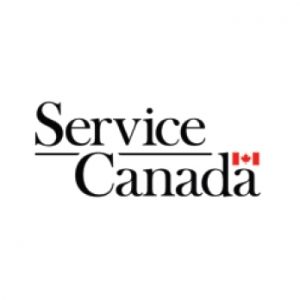At this time, I feel it prudent to clarify articles in Appendix R of our Collective Agreement.
The History of the Conditional Drug Formula
September 22, 1996-the former CAW (now known as Unifor) Ratified an Agreement with Chrysler Canada that was later patterned with General Motors and then with Ford Motor Company on November 11, 1996 in that agreement was the Conditional Drug Formulary. (Reference page 313 of appendix R and letter dated November 11, 1996 on page 344)
In 1996, twenty two years ago, this resulted in a modification to the previous Drug Plan which involved Green Shield Canada and where necessary an impartial third party to review the addition of new drugs as a covered benefit, that were introduced since October 1, 1993 for inclusion into the Conditional Drug Formula.
From 1996 to present day all newly approved drugs introduced to the market are reviewed by Green Shield (GSC) by a committee of pharmacy experts (i.e. pharmacists) to determine whether the drug will be included on the Conditional Drug Formulary for reimbursement (subject to conditions or limitations) based on clinical effectiveness, safety, and value to plan sponsors (i.e. Ford Motor Company) and plan members (i.e. Unifor Members and their families covered by the plan).
Important Note: This Green Shield committee of pharmacy experts has nothing to do with and in no way should be confused with the Annual Benefit Representative meeting where the Union Benefit Representatives from Local 707, Local 200 and Local 584 collectively referred to the “Union Benefit Council” meet with the Company Benefit Representatives,once a year ,” mainly for educational purposes and cover such topics as, but not be limited to, new legislation, new or updated procedures as they affect the negotiated benefits, and other matters that would improve the knowledge and proficiency of the benefits representatives”. (Reference letter dated September 24th 1990 page 340 of appendix R)
It should also be noted there is not, nor has there ever been a Union Representative or management from the Ford Motor Company of Canada given the opportunity to be part of the GSC committee of pharmacy experts, for reasons which most obviously include professional expertise and impartiality.
Under the Conditional Drug Formulary, all approved drugs are assigned to one of three categories:
Full benefit/approved: The drug is eligible for reimbursement and no special process is required. As long as there’s a prescription, it will be filled at the pharmacy.
Individual consideration: Approval for the drug is granted if the plan member meets certain conditions. A physician must submit a special request form demonstrating the conditions are met. Each request is reviewed by an GSC in-house consultant. The list of individual consideration drugs under the Conditional Drug Formulary is slightly more extensive (12 per cent of all drugs) compared to the open formulary (four per cent) as it goes beyond high-cost specialty drugs to also include chronic disease drugs.
Non-benefit/denied: The drug is not eligible for reimbursement. The plan member can try an alternative treatment option or pay for the denied drug out of pocket.
In 1996 the Conditional Drug Formulary was designed to protect the drug plans overall sustainability with expensive new drugs continually coming to market, that were not proven to treat medical conditions more effectively than similar, less expensive drugs. It was also designed to ensure drugs introduced after October 1, 1993 that were expensive but were proven medical effective could be covered by our plan. Due to continually changing advancements in the pharmaceutical industry and studies through medical journals, the Green Shield committee of Pharmacy experts meet regularly to ensure the Conditional Drug Formulary is updated, altered and remains relevant, providing sustainability and coverage for any new drugs or existing drugs that have been proven medically effective. This Conditional Drug Formulary allows drugs to be reviewed by the GSC Committee of Pharmacy experts and be introduced into our drug plan on a regular basis; ensuring we don’t have to wait 4 years between contracts to have a proven effective drug approved.
There have been days when I have cursed our drug plan and it’s by no means perfect, however as your previous Union Benefit Representative I know the importance of our Conditional Drug Formulary when it matters most. Allowing proven effective drugs to be included as part of our drug plan when they are introduced instead of the next contract, has saved lives.
That is why I often refer the Conditional Drug Formula as a “Living Document”.
Mark Sciberras
Vice President
Unifor Local 707




